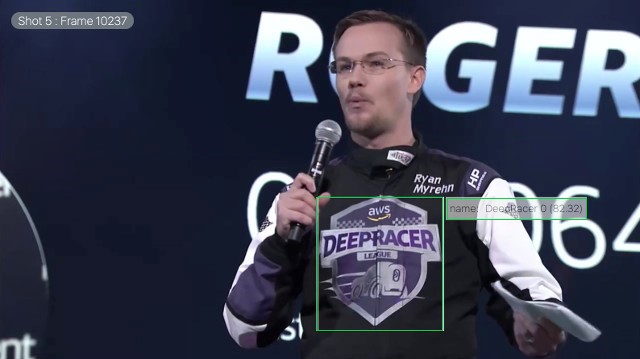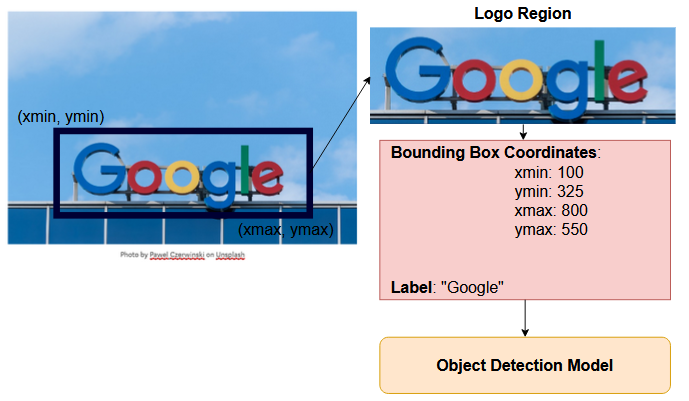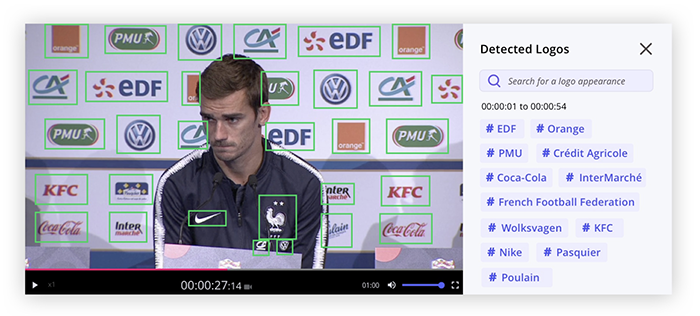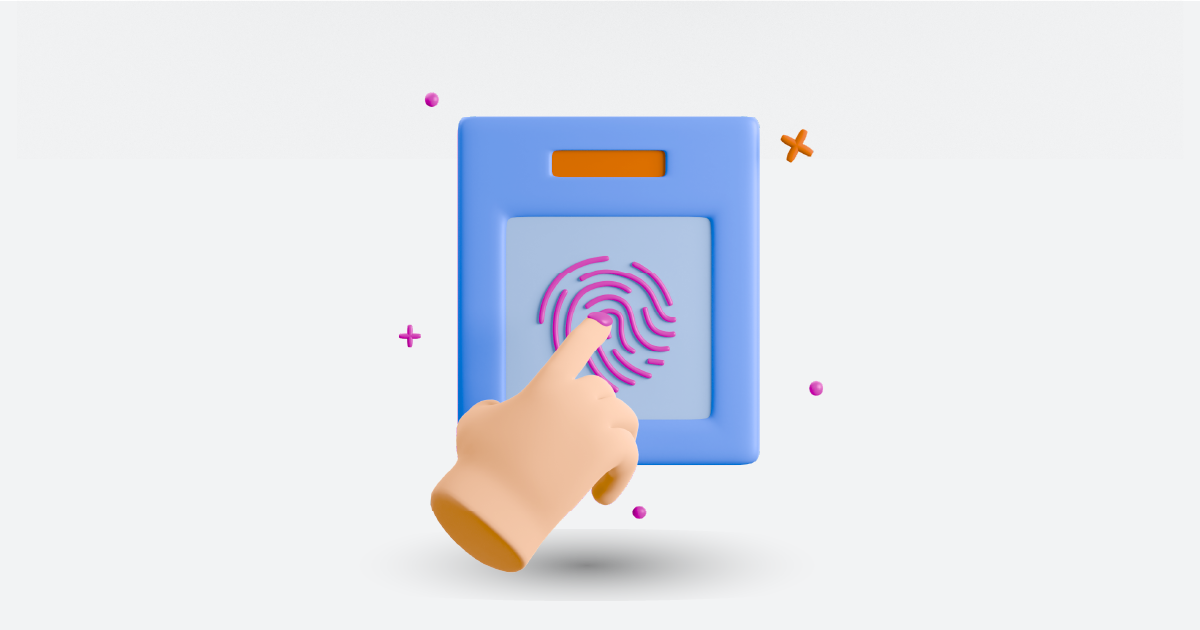In the digital age, visual content plays a pivotal role in capturing and retaining users’ attention. Businesses are increasingly leveraging visuals to convey their brand identity and establish a strong online presence. One key element in visual branding is the logo, a powerful symbol that represents a company’s values, products, and services. To ensure effective logo usage and brand consistency, companies are turning to logo detection tools. In this comprehensive article, we delve into the world of logo detection tools, exploring their functionalities, benefits, and how they can elevate your visual search experience.
Understanding Logo Detection Tools

Logo detection tools are sophisticated algorithms designed to identify and analyze logos within images or videos. These tools leverage machine learning techniques to accurately recognize logos across a vast range of visual content. By automating the logo detection process, businesses can save time and resources while ensuring the consistent and correct usage of their brand identity.
The Importance of Logo Detection
- Brand Consistency: Maintaining brand consistency is crucial for establishing trust and recognition. A logo detection tool ensures that your logo is consistently used across various channels, preventing unauthorized alterations or misuse.
- Intellectual Property Protection: Detecting and monitoring logo usage is essential for protecting your brand’s intellectual property. A logo detection tool can help identify instances of logo infringement, enabling you to take appropriate legal actions.
- Competitor Analysis: Analyzing how competitors use their logos can provide valuable insights into their branding strategies. Logo detection tools can assist in identifying and comparing competitors’ logo placements and visual associations.
Key Features of Logo Detection Tools

- Logo Recognition: Logo detection tools excel at accurately recognizing logos, even in complex visual environments. They employ advanced algorithms that analyze visual features, shapes, colors, and text to identify logos effectively.
- Logo Localization: These tools not only detect logos but also precisely locate their positions within images or videos. This feature allows for targeted analysis, such as measuring logo visibility or assessing logo placement effectiveness.
- Logo Tracking: Logo detection tools can track the usage of logos across various platforms, including websites, social media, and digital advertisements. This feature provides valuable data on logo visibility and helps ensure compliance with brand guidelines.
- Analytics and Insights: Advanced logo detection tools offer analytics and insights to help businesses understand how their logos are being used and perceived by the audience. This data can guide strategic decisions and optimization efforts.
Benefits of Incorporating a Logo Recognition Tool
- Time and Resource Efficiency: Manual logo detection can be time-consuming and error-prone. By automating the process, a logo detection tool significantly reduces the effort required to monitor logo usage, allowing businesses to focus on other critical tasks.
- Enhanced Brand Protection: Identifying instances of logo misuse or infringement promptly enables proactive measures to safeguard brand integrity. A logo detection tool empowers businesses to take swift action against unauthorized logo usage.
- Improved Marketing Strategies: By analyzing logo visibility and associations, businesses can optimize their marketing strategies. Insights from logo detection tools can inform decisions on logo placement, product packaging, and overall brand messaging.
- Strengthened Customer Perception: Consistent and well-placed logos enhance customer perception of brand reliability and professionalism. A logo detection tool ensures that your logo maintains its intended visual impact and strengthens brand loyalty.
Choosing the Right Logo Recognition Tool
When selecting a logo detection tool for your business, consider the following factors:
- Accuracy: Look for a tool with high accuracy in logo recognition and localization to ensure reliable results.
- Scalability: Ensure that the tool can handle a large volume of images or videos, accommodating your business’s growth and future needs.
- Customization: A tool that allows customization of detection parameters and thresholds that can adapt to your specific logo requirements.
- Integration: Consider whether the tool seamlessly integrates with your existing workflows and platforms, such as content management systems or social media management tools.
Case Study: How Nike Leveraged Logo Detection Tools to Protect and Enhance Its Brand Identity
Nike is a global leader in sportswear with an iconic logo. However, Nike faces some difficulties in managing its logo appearance across different media channels, which leads to the use of logo detection tools.
The Challenges
- Unauthorized Logo Usage: Unauthorized vendors and brands that copy Nike use the logo in different ways.
- Monitoring Sponsorship Agreements: Tracking the usages of the logo by the partners needed monitoring and tracking.
- Scalability Issues: Monitoring a lot of platforms at the same time was so hard to be done manually by employees.
The Solution: Implementing a Logo Detection Tool
- Real-Time Logo Detection: the logo detection tool provided live tracking for the Nike logo across different media platforms.
- Analyzing Different Types of Content: the ability to track Nike logos across any content format including images, videos, and live streams.
- Analytics Dashboard: provide detailed dashboards with the results of tracking the logo in different formats based on the preferences.
- Counterfeit Detection: the tool was able to detect the unauthorized usage of the Nike logo with other brands or retailers.
Implementation Process
- Integration with Existing Systems: the tool started to integrate with Nike’s different media platforms and its analytics system.
- Customization: it started to detect the different characteristics of the logo, including its font, color, and brand identity.
- Training: Nike team started to train on the usage of the logo detection tool with its different features, to extract the needed information.
Results: Significant Improvements in Brand Management
- Enhanced Intellectual Property Protection: Over 1,500 fake Nike logos were detected by the tool and removed from different e-commerce platforms. Legal actions were taken against counterfeiting globally.
- Improved Sponsorship Management: The real-time detection of the logo during the events ensures the appearance of the Nike logo. Leading to a 20% increase in logo visibility for the target audience.
- Optimized Marketing Campaigns: The tool provided insights about the logo placement in the digital ads. Leading to a 30% increase in the engagement.
Conclusion
In an increasingly visual-centric digital landscape, a logo detection tool is an invaluable asset for businesses seeking to optimize their visual branding efforts. By automating logo recognition, localization, and tracking, these tools enhance brand consistency, protect intellectual property, and provide actionable insights for marketing strategies. Investing in a reliable logo detection tool empowers businesses to maintain a strong and cohesive brand identity, resulting in heightened customer engagement, loyalty, and a competitive edge in the market. Take your visual branding to the next level and request a demo from AIM Technologies today to see how their cutting-edge logo detection tool can revolutionize your brand’s visual presence.
FAQs
How can logo detection tools help protect a company’s intellectual property?
Through tracking the usage of the brand logo across the media, and detecting the source of this usage. To know how it is used and if it is used probably.
In what ways can logo detection tools assist with competitor analysis?
It can track the appearance of your logo and your competitor’s logos and do a comparison. To know how is your logo visibility strong compared to your competitors.
How can logo tracking across platforms benefit businesses?
It provides insights into the visibility of your logo and brand. And tell how the target audience interacts with it, through the different platforms.
How do logo detection tools improve marketing strategies?
It can identify the impact of your marketing ads and the usage of the logo in it. To be able to use it in the right way during your campaigns.
How can a logo detection tool strengthen customer perception of a brand?
Through providing the brand with the right use of the logo in the right places, according to customers’ insights.




